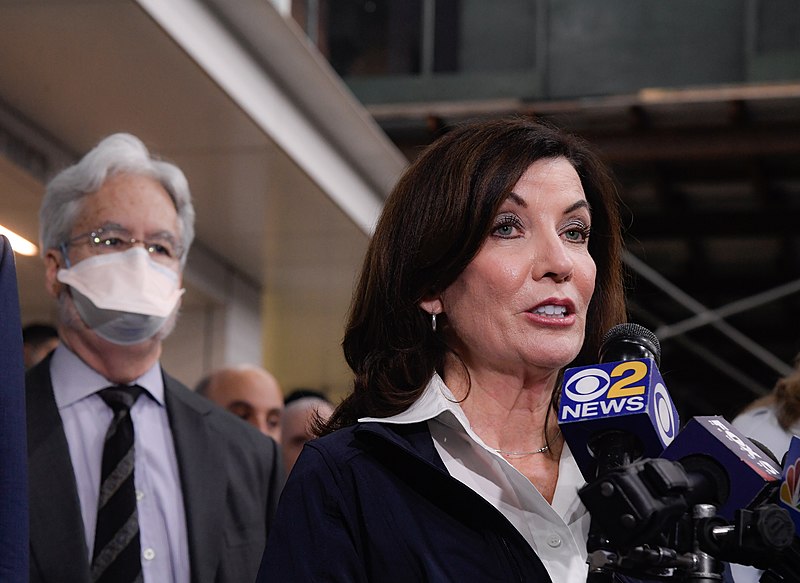by: Adam Roberts
Last week saw the pivotal 2022 Midterm Elections. Across the country, Democrats performed very well and Republicans did worse than expected. However, the inverse was true throughout New York State, particularly in New York City. Up and down the ballot, Republicans made major gains, continuing trends seen since 2020 of a Republican resurgence in New York State and New York City. These political shifts may have major implications for architects.
Perhaps the most politicized architectural issue in the election was congestion pricing, which would toll drivers entering Midtown and Downtown Manhattan. Republican Gubernatorial nominee Lee Zeldin made opposition to the plan central to his campaign, calling it “one of the worst ideas out of Albany in a long time.” While Zeldin lost, he and Republicans down the ballot did very well in the outer boroughs and Nassau County, areas likely to be heavily impacted by tolls.
Elected officials, who are already skeptical of congestion pricing, may take this as a sign that the program is too politically risky to support. Fortunately, Governor Hochul’s victory should mean that the plan will move forward, given that she has strongly supported the policy despite the opposition it has engendered. Hochul also performed very well in Manhattan, perhaps indicating that the plan is locally popular. The governor’s support is critical to continue to push the plan forward, as she controls the MTA, which will implement congestion pricing and determine where tolling funds are directed.
AIA New York has long supported congestion pricing and will continue to do so. It is necessary to fund much-needed subway improvements, which will also generate billions of dollars in work for architects. AIANY’s Executive Director, Benjamin Prosky, Assoc. AIA, sits on the MTA’s Major Construction Review Unit, which will determine which projects are funded by tolling revenue.
Pulse Points
- Please join us for AIANY’s upcoming conference, “Designing for Post-Incarceration” on December 16. This conference will examine how architects and policymakers can use design to improve life post-incarceration. It will bring together designers, criminal justice reform advocates, elected officials, agency officials, and housing experts to discuss design solutions to the challenges people face after their release from jail or prison. You can sign up here.








